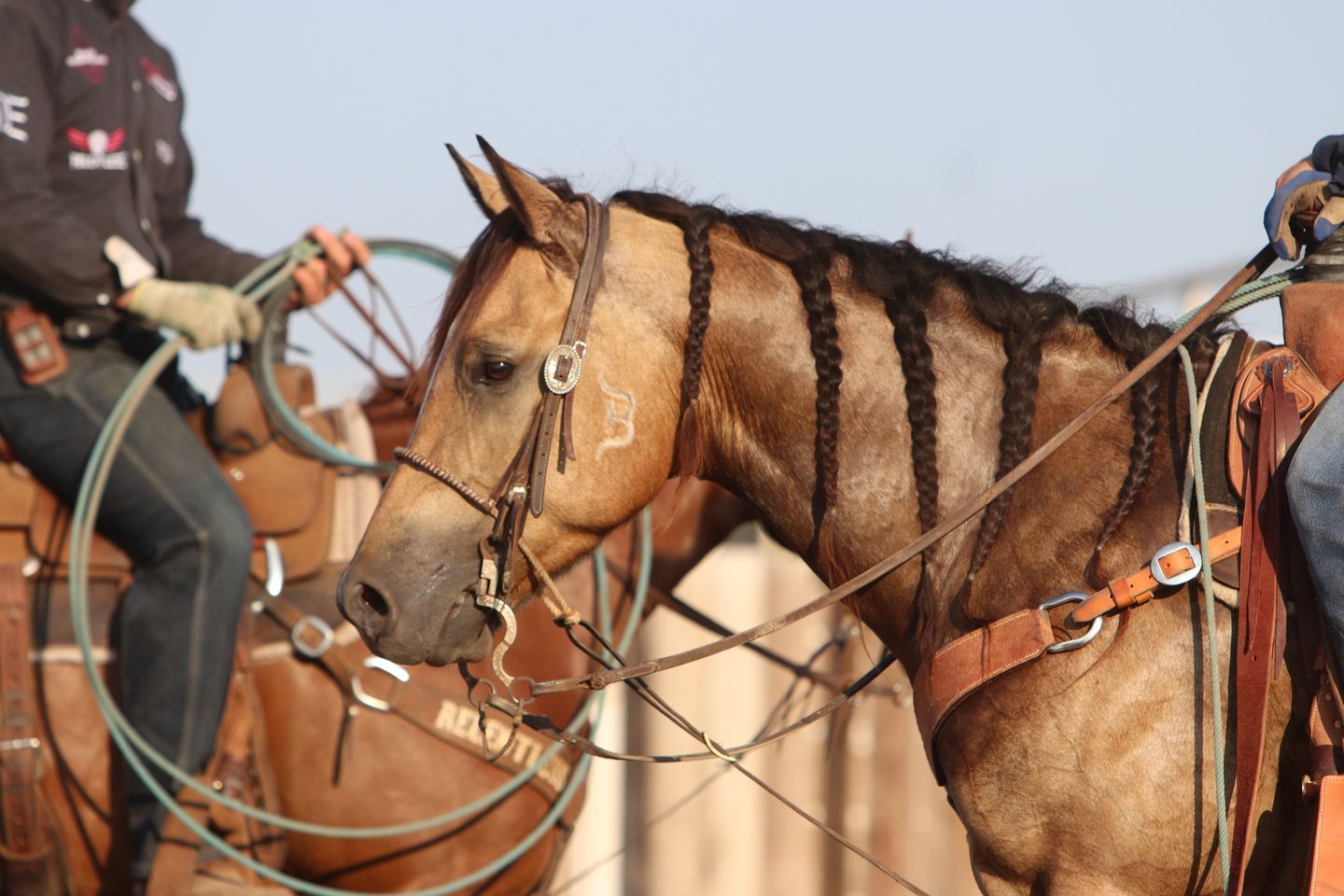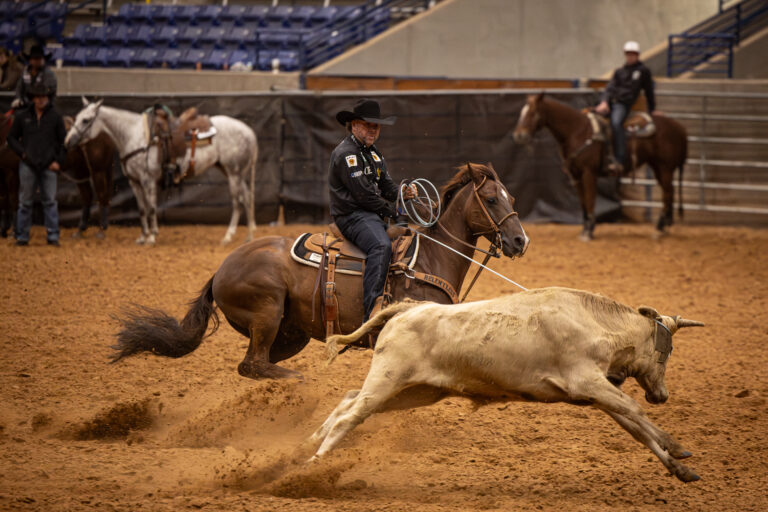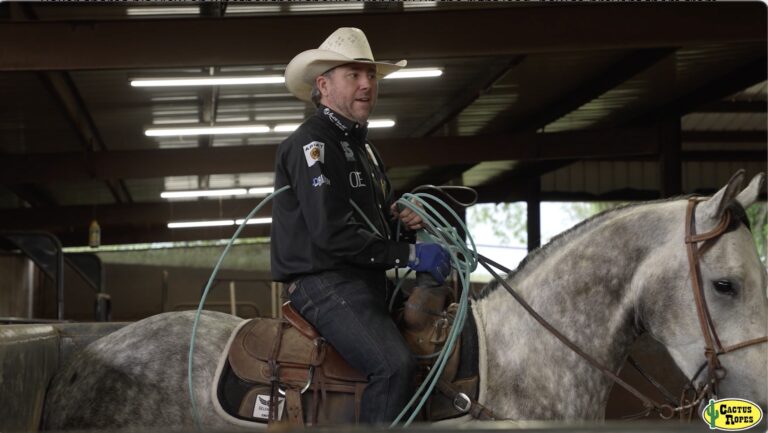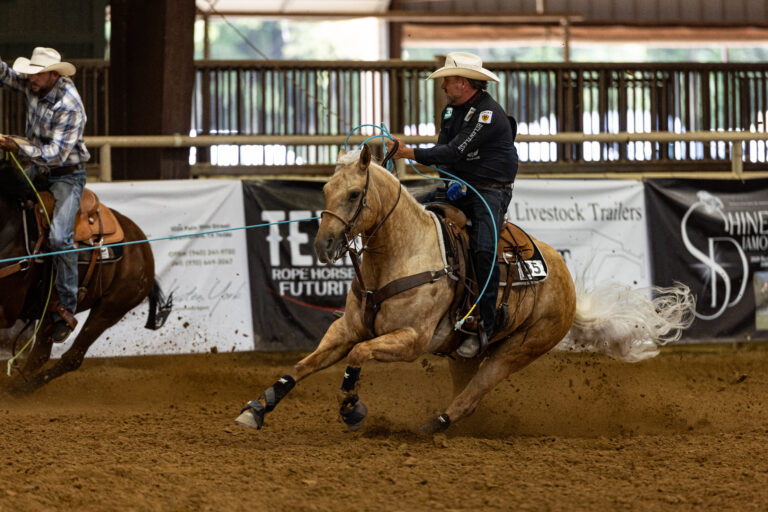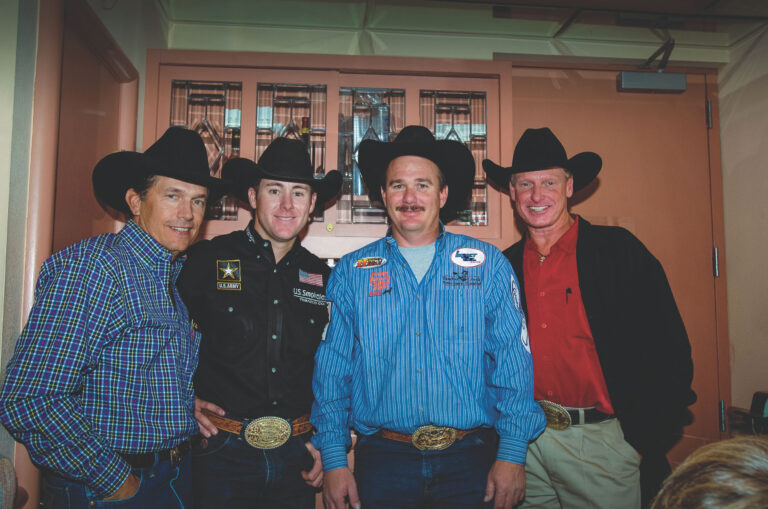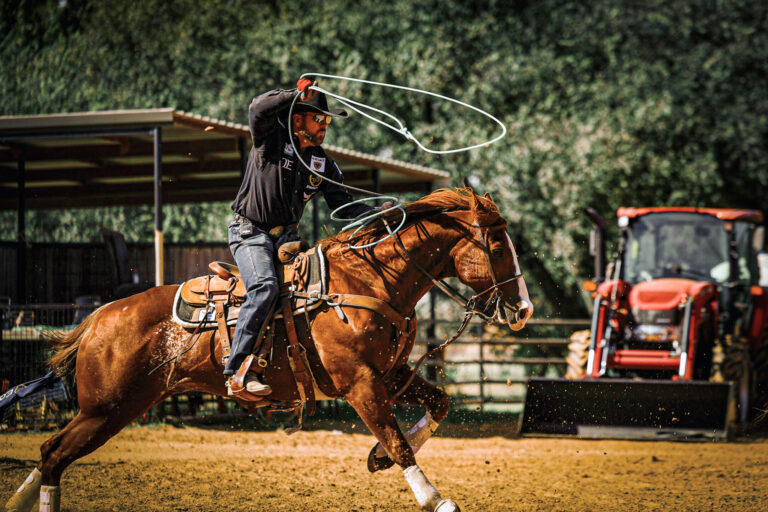The 24-time World Champion Cowboy’s take on horsemanship, team roping and the mental game each month, exclusively inThe Team Roping Journal.
Question: What are Trevor’s tips for training ultra-sensitive horses and/or horses with high anxiety? I have a colt that is so sensitive I can’t hardly move my leg without him goosing, but he has a great handle, so I’m really curious to know what Trevor says about horses like that.
—Autry Hummel, Colorado
Answer: Most people don’t desensitize their horses enough because they’re scared of the horse anyway. It can be a bad combo because the more someone who is scared tries to desensitize one, the more they let the horse bluff them or get away with something. It almost makes the problem worse. You have to know what you’re doing with fragile horses, or it goes bad. That’s the kind of horse that’s easy to ruin, and if you’re not confident, you could be in trouble.
In our program, Lari Dee (Guy) will send the goosey ones to me, and I ride them and make them take it. I make them figure out nothing will hurt them. You’ve got to be able to stay in the middle to do all that. If you can’t stay in the middle, they can get you in a bad spot to where you make them do something. You can get a horse to buck that didn’t really mean to if you grab a hold of him wrong.
READ MORE: Trevor Brazile: There’s No Quick Fixes When Training Team Roping Horses
I hate to say it, but you just have to John Wayne them, really. They’re probably goosey because there was a step skipped earlier in training to where the person just got around something instead of getting the horse gentle. But once you’re past that, the horse has already got a little confidence in being snorty or spooky or quick-footed. You’ve got to take it head on, but do it where you don’t get the horse in any kind of bind. They have to learn it’s easier to go off the leg you want them to go off of because 1) you’re going to release the pressure and 2) you’ll never get them in a bind because of it.
Personally, I like the goosey ones. The more you start roping and chasing, the more the horse’s natural cow will take over. If you can get a goosey horse in behind a cow, they start picking up the patterns on their own and start following. They lose a little sensitivity that way. The earlier you let them lock onto a cow and let them move and try not to get in their way, the better they’ll desensitize to a certain extent because they’re not completely focused on what’s on their back—they’re focused on the job in front of them.
With all of that said, I’ve never had a horse that had that goosey trait that didn’t have an awesome face as a head horse or wasn’t able to recover from any type of situation as a heel horse. It may take a little longer getting around it, but you’ll be glad that ultra-sensitivity is there down the road.
READ MORE: Adding Intensity with Trevor Brazile
Trevor Brazile wants to answer your questions about roping & horsemanship. Email cshaffer@aimmedia.com to have your questions featured in a future issue of The Team Roping Journal.




